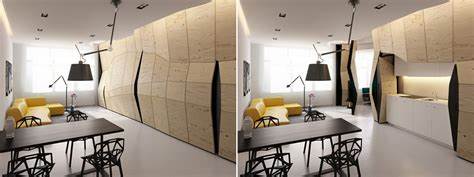Introduction:
The realm of construction has undergone a remarkable evolution over the years, propelled by technological advancements and innovative techniques. Modern construction methods have not only revolutionized the speed and efficiency of building projects but have also transformed the very nature of the spaces we inhabit. From sustainable materials to cutting-edge digital technologies, these techniques are reshaping the construction landscape, offering architects and builders new tools to create structures that are not only aesthetically pleasing but also environmentally conscious and functionally superior.

- Sustainable Materials:
One of the most significant trends in modern construction is the emphasis on sustainability. Traditional construction often relied on resource-intensive materials that contributed to environmental degradation. In contrast, modern construction techniques prioritize eco-friendly materials, such as recycled steel, bamboo, engineered wood, and high-performance concrete with reduced carbon footprint.
Using sustainable materials not only minimizes the environmental impact but also enhances the energy efficiency of buildings. Innovations like low-emission concrete and energy-efficient insulation contribute to creating structures that are both durable and environmentally responsible.
- Prefabrication and Modular Construction:
Prefabrication and modular construction have emerged as game-changers in the industry, offering faster and more cost-effective alternatives to traditional methods. Prefabricated components, manufactured off-site, allow for greater precision and quality control. These components can be easily transported and assembled on-site, significantly reducing construction time.
Modular construction, on the other hand, involves the assembly of prefabricated modules or sections, allowing for a streamlined and efficient building process. This approach not only accelerates construction timelines but also minimizes waste, making it a more sustainable option.
- 3D Printing:
The integration of 3D printing technology in construction has opened up new possibilities in design and efficiency. Large-scale 3D printers can create complex structures layer by layer, offering architects unprecedented freedom to explore innovative and intricate designs. This technology is particularly promising for creating affordable housing, as it allows for rapid construction with minimal labor and material costs.
Additionally, 3D printing enables the utilization of sustainable materials, contributing to environmentally friendly construction practices. The reduced waste and increased speed of construction make 3D printing a transformative force in the industry.
- Building Information Modeling (BIM):
Building Information Modeling (BIM) is a digital representation of the physical and functional characteristics of a building. This technology facilitates collaboration among architects, engineers, and construction teams by providing a centralized platform for project data. BIM allows for better planning, coordination, and communication throughout the entire construction process.
The use of BIM results in improved accuracy in design and construction, reducing errors and rework. This not only saves time and resources but also enhances the overall quality of the built environment. BIM’s ability to simulate and analyze various aspects of a building, from energy consumption to structural integrity, contributes to the creation of more efficient and sustainable spaces.
- Smart Building Technologies:
The rise of smart building technologies is transforming the way we interact with and experience constructed spaces. These technologies integrate sensors, automation, and data analytics to optimize building performance and enhance user comfort. Smart buildings can adapt to environmental conditions, adjusting lighting, heating, and cooling systems in real-time to maximize energy efficiency.
Moreover, the Internet of Things (IoT) enables buildings to be interconnected, creating a network that can be remotely monitored and controlled. This connectivity enhances security, enables predictive maintenance, and allows for the efficient management of resources. The integration of smart technologies not only improves the functionality of spaces but also contributes to the sustainability and longevity of buildings.
Conclusion:
The contemporary construction industry is witnessing a profound shift towards more sustainable, efficient, and technologically advanced methods. From sustainable materials to digital innovations like 3D printing and BIM, modern construction techniques are reshaping the way we build and inhabit spaces. These advancements not only address the pressing environmental concerns but also offer practical solutions for creating structures that are resilient, adaptable, and user-centric.
As we continue to push the boundaries of construction technology, the future holds the promise of even more transformative developments. The ongoing pursuit of sustainability, coupled with the integration of cutting-edge technologies, ensures that the spaces we inhabit will not only be aesthetically pleasing but also environmentally responsible and functionally superior. The evolution of construction techniques is, indeed, a testament to human ingenuity and our ability to create spaces that align with the demands of a rapidly changing world.
